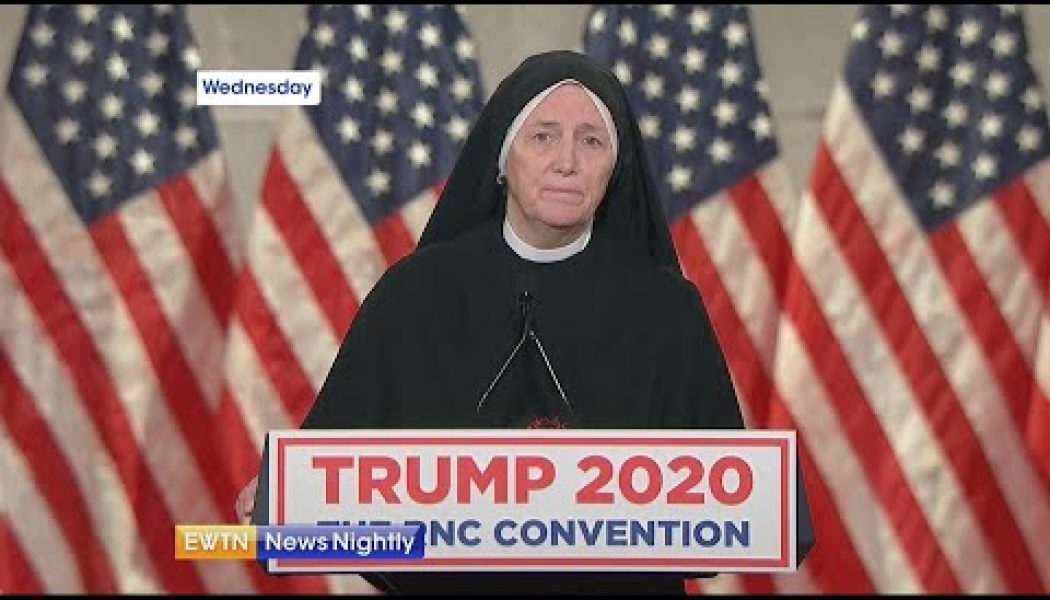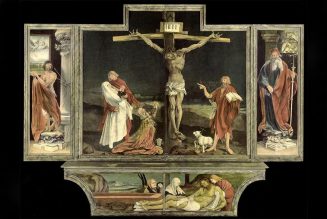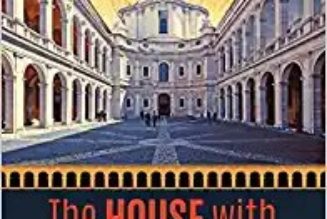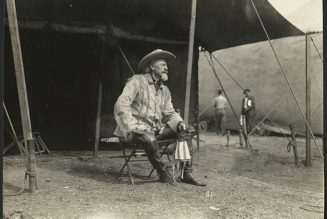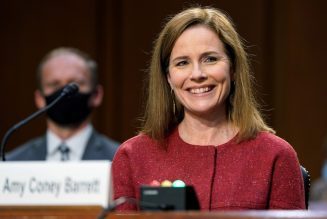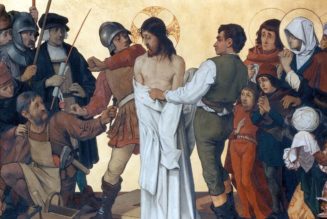“White evangelical Protestants,” “white evangelical Protestants,” “white evangelical Protestants.”
“Catholic voters,” “Catholic voters,” “Catholic voters.”
World without end, amen.
The closer we get to Election Day 2020, the more we are going to see these terms in the news.
The assumption is that the “Catholic vote” is especially crucial to Democrat Joe Biden, since he is a life-long Catholic who is seeking to become America’s second Catholic in the White House. Meanwhile, journalists continue to be obsessed with President Donald Trump’s popularity among white evangelical Protestants, who played such a crucial role in his rise during the GOP primaries in 2015.
However, if you look at the swing states that put Trump in office, it was clear that Rust Belt Catholics — blue-collar Catholics in particular — were crucial voters four years ago.
During the past couple of years, our own Richard Ostling has been stressing that political-beat reporters really need to get over the whole “white evangelicals” thing and accept that, as is so often the case, Catholic voters will be the key swing voters this time around.
If readers and scribes need more input on that point, please consider this recent Pittsburgh Post-Gazette think piece by Mark J. Rozell, dean of the Schar School of Policy and Government at George Mason University. The blunt headline: “Catholics, not evangelicals, will make or break Trump.” Here is a crucial chunk of that essay:
In 2016, Mr. Trump won Pennsylvania, Michigan and Wisconsin — states with heavy concentrations of Catholic voters — by merely 107,000 votes combined. Although since the 1980s the U.S. national vote and the Catholic vote component have tracked very closely to each other in each election cycle, 2016 was an exception: Hillary Clinton handily won the national popular vote and Mr. Trump won the majority of Catholic voters. Exit polls had Mr. Trump holding a 52%-to-45% edge among Catholics.
Two critical things happened that helped Mr. Trump: his populist economic appeals to white working class voters in those key states, and the widely predicted “Latino surge” never materialized. Latino voting was slightly down and slightly less Democratic in 2016 than in 2012. To win this year, Democratic nominee Joe Biden has to hold down his losses among white Catholics, and he needs a strong turnout among the largely Catholic Latino population.
Catholic voters were, once upon a time, a dependable part of the Democratic Party’s core — labor-union urbanites with immigrant roots.
But things began to get more complex for a number of reasons. For example:
… As their children and grandchildren became better educated, achieved economic success and moved to the suburbs, these newer generations of voters started warming up to the GOP. …
Beginning in the 1970s with the open embrace of abortion rights by the Democrats and the Supreme Court’s Roe v. Wade decision, many Catholics questioned whether the party any longer represented their values.
At the moment, noted Rozell, there is evidence that many Catholics are growing tired of the Trumpian style of politics and public discourse. Some would welcome another option. As always, immigration issues are important to Catholics, for obvious reasons:
Perhaps many Catholics who achieved economic success and abandoned the inner cities do not think like their parents and grandparents, but they still remember how the earlier generations of Catholics came to America and thus may sympathize with the plights of immigrants today, especially Latinos.
Also, Mr. Trump’s anti-immigration campaign rhetoric translated into actual policies deeply offensive to many Latino voters who clearly have even stronger motivation than before to oppose him.
The question is whether Biden and the Democratic Party has — in a summer of riots on the evening news — has swing too far to the cultural left (think religious liberty and the Little Sisters of the Poor) to be a viable option for some Catholic voters.
Note the word “some” in that sentence.
As always, it’s important to note that — no matter what talking heads preach on television — there is no one, monolithic “Catholic vote.”
As pollster and scholar John C. Green of the University of Akron told me more than a decade ago, so many White House races boil down to whether “Catholics who go to Mass every Sunday” in states like Ohio turn out to vote in greater numbers than “Catholics who go to Mass once a month.” In other words, Catholics who go to Mass all the time have different religious and cultural beliefs than those who show up every now and then.
So let me end this think-piece collection with a religious-political typology that will be familiar to longtime GetReligion readers. As a veteran Catholic priest — of the K Street tribe — once told me, there are actually four major kinds of “Catholic voters”:
* Ex-Catholics. While most ex-Catholics are solid for the Democrats, the large percentage that has left to join conservative Protestant churches (perhaps even many Latinos) lean to GOP.
* Cultural Catholics who may go to church a few times a year. This may be an undecided voter … depending on what is happening with the economy, foreign policy, etc. Leans to Democrats.
* Sunday-morning American Catholics. These voters are regulars in the pews and may even fill leadership roles in their parishes. …
* The “sweats the details” Catholic who goes to Confession, is active in the full sacramental life of the parish and almost always backs the Vatican, when it comes to matters of faith and practice. This is where the GOP has made its big gains in recent decades, but this is a very, very small slice of the American Catholic pie.
As always, let me stress that those “Sunday-morning American Catholics” are the voters that are usually in play during a national election. That’s the Catholics that the candidates are trying to reach.
Look for signs of that reality every time Trump or Biden visit the Rust Belt.
